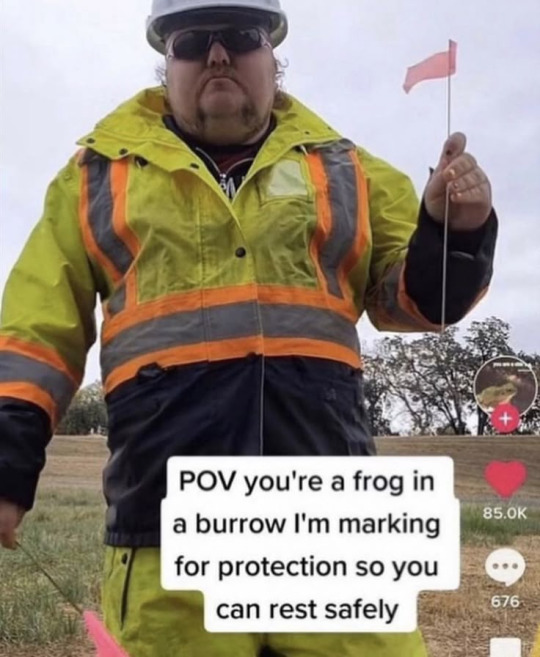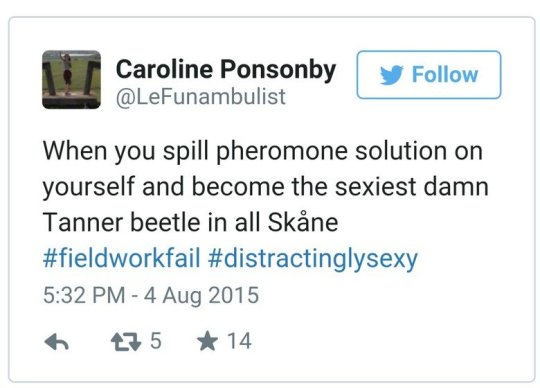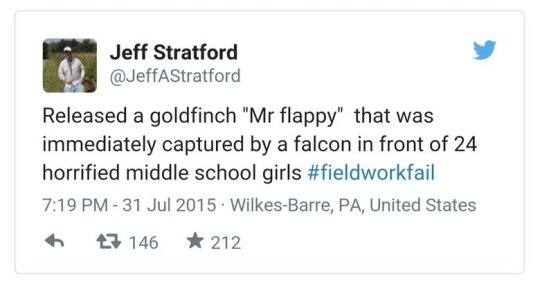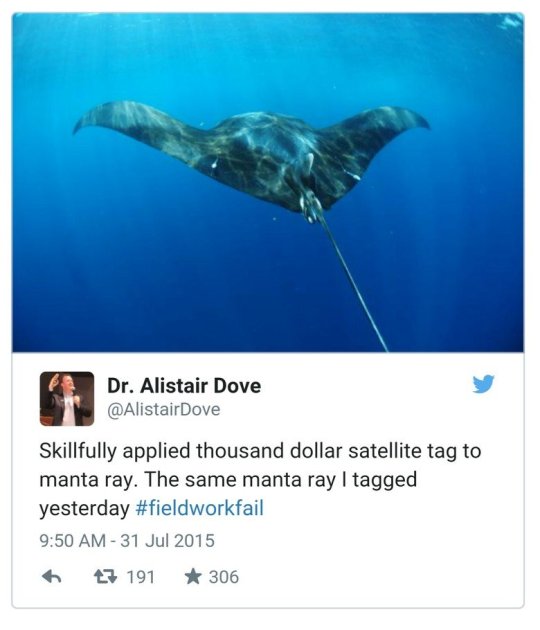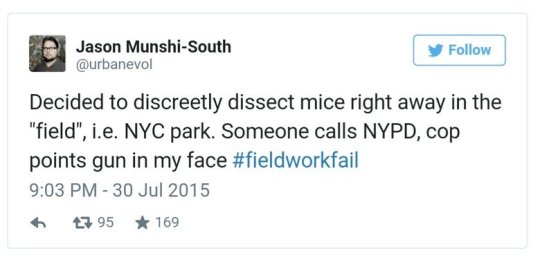Come get your fill of all the weird, wonderful life our world has to enjoy!Send suggestions to my inbox, I love them
Don't wanna be here? Send us removal request.
Text
The other day I met a nice forester who recommended this profoundly beautiful swamp as a good spot to observe springtime amphibian activity. Right next to a boring looking road but then you walk in and it looks like this

Utterly teeming with life particularly cricket frogs and southern leopard frogs.

Also as a huge bonus I found wild pitcher plants nearby in addition to thriving sundews all over the place. I LOVE spring!



528 notes
·
View notes
Text
"The substances behind the slimy strings from okra and the gel from fenugreek seeds could trap microplastics better than a commonly used synthetic polymer.
Texas researchers proposed in 2022 using these sticky natural polymers to clean up water. Now, they’ve found that okra and/or fenugreek extracts attracted and removed up to 90% of microplastics from ocean water, freshwater, and groundwater.
With funding from the U.S. Department of Energy, Rajani Srinivasan and colleagues at Tarleton State University found that the plant-based polymers from okra, fenugreek, and tamarind stick to microplastics, clumping together and sinking for easy separation from water.
In this next stage of the research, they have optimized the process for okra and fenugreek extracts and tested results in a variety of types of water.
To extract the sticky plant polymers, the team soaked sliced okra pods and blended fenugreek seeds in separate containers of water overnight. Then, researchers removed the dissolved extracts from each solution and dried them into powders.
Analyses published in the American Chemical Society journal showed that the powdered extracts contained polysaccharides, which are natural polymers. Initial tests in pure water spiked with microplastics showed that:
One gram of either powder in a quart (one liter) of water trapped microplastics the most effectively.
Dried okra and fenugreek extracts removed 67% and 93%, respectively, of the plastic in an hour.
A mixture of equal parts okra and fenugreek powder reached maximum removal efficiency (70%) within 30 minutes.
The natural polymers performed significantly better than the synthetic, commercially available polyacrylamide polymer used in wastewater treatment.
Then the researchers tested the plant extracts on real microplastic-polluted water. They collected samples from waterbodies around Texas and brought them to the lab. The plant extract removal efficiency changed depending on the original water source.
Okra worked best in ocean water (80%), fenugreek in groundwater (80-90%), and the 1:1 combination of okra and fenugreek in freshwater (77%).
The researchers hypothesize that the natural polymers had different efficiencies because each water sample had different types, sizes and shapes of microplastics.
Polyacrylamide, which is currently used to remove contaminants during wastewater treatment, has low toxicity, but its precursor acrylamide is considered toxic. Okra and fenugreek extracts could serve as biodegradable and nontoxic alternatives.
“Utilizing these plant-based extracts in water treatment will remove microplastics and other pollutants without introducing additional toxic substances to the treated water,” said Srinivasan in a media release, “thus reducing long-term health risks to the population.”
She had previously studied the use of food-grade plant extracts as non-toxic flocculants to remove textile-based pollutants from wastewater and thought, ‘Why not try microplastics?’"
-via Good News Network, May 10, 2025
16K notes
·
View notes
Text
Ok this isn't a bug but I need to share - LOOK at these absolutely minuscule precious little poppies




White pygmy-poppy, Canbya candida, found in Southern California
Photos by keirmorse, mojavedon, and pokemon_master
32K notes
·
View notes
Text
i think its my sacred obligation to tell yall about animals so just letting you know that apparently (according to inaturalist) theres 321 species of squirrels in the world. Yes three hundred twenty one
11K notes
·
View notes
Text
ok like kakapo are great and all, i love them dont get me wrong but takahē are by far the best endangered new zealand bird and quite possibly THE Best Bird?



you cant really get any better than this. criminally underrated
107K notes
·
View notes
Text
This is such a cool story! Conservation of endangered species cants heavily toward animals and then plants, but you rarely see efforts to try to help endangered fungi, lichenized or otherwise. Part of this is because many fungi are very difficult to propagate, particularly those that have mycorrhizal relationships with plants, and so the best way to save them is to protect critical habitat for those species. Moreover, fungi that produce fruiting bodies like mushrooms are only really easy to observe during their relatively short fruiting season, so unless you're searching the soil or other substrate for DNA traces, your window to actually survey rare fungi is quite short.
But lichens are different. They persist year after year, and so are easier to observe. Growing them is another story, though; most people who give it a try put fragments of a given lichen on a favorable substrate in a controlled environment and hope for the best. However, success is relatively rare in the long term as lichens are quite persnickety about their growing conditions.
So what about just moving the whole substrate? If you have lichens that conveniently grow on tree branches you could cut off piece of branch and then attach them to branches of the same species of tree elsewhere at the same height/sun exposure/humidity level, and hope that the lichens continue to produce spores that then find favorable substrates locally. But it's tougher to chip off chunks of rock and move them to new places, especially if you don't want them getting kicked around.
So it's really fascinating that these conservationists tried out all sorts of different glues to find the most lichen-friendly ones, and then glued them to new substrates in old parts of their range in the hope that they'll use their rhizines to attach themselves to their new homes. It shows how much detail we have to go into in habitat restoration and species conservation to try to replicate the best conditions for a given species to thrive, and how we can't just offer degraded habitats to our wildlife of various sorts and hope that they find it acceptable. Lichens like various Parmelia species or Evernia prunastri may not be as picky in their substrates, but for a rarer species like Gyalolechia fulgens, our task is to give them their Goldilocks substrate--just right. And sometimes helping them along involves a little bookbinding glue.
2K notes
·
View notes
Text
DOGE just froze funding to vital Federal and Indigenous conservation programs devoted to supporting the very delicate and tenuous existence of the black-footed ferret.

I fell in love with these animals as a kid traveling to our National Parks. Their rarity and ferocity made me sharply aware, even as a child, of just how much of a responsibility we have toward our environment. I can't bear the thought of them being a fucking casualty of Trump and Musk.

Look at them! They do war dances.
58K notes
·
View notes
Text


Yellow specklebelly lichen - Pseudocyphellaria citrina. It looks bluer than it is in these photos - big blue sky and no direct sunlight.
3K notes
·
View notes
Text
If you have ever been tempted by a Paleozoic Pal, like a a stuffed trilobite or a full size eurypterid body pillow, now's the time to buy one, before they and a really lovely little museum are gone for good 😭😭😭
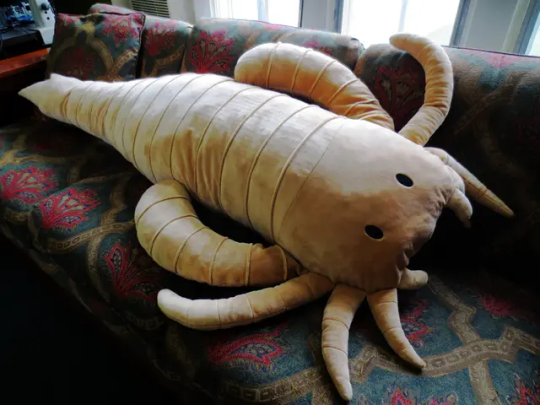
43K notes
·
View notes
Text
It's very endearing to me how many people are willing to keep an eye on a video feed so they can push a button and let a fish in the Netherlands get to the other side of a dam.
50K notes
·
View notes
Text
Hmmm I know octopuses are generally sweet and gentle and are just curious sea puppies (and I love them!), that being said, the thoughts of being dragged by my feet by one of them into the deep and dark ocean is… safe to say new fear has been unlocked
Source
49K notes
·
View notes
Text

Northern Lapwing (Vanellus vanellus), family Charadriidae, order Charadriiformes, WB, India
photograph by Ashoke Shil
1K notes
·
View notes
Text
Back in my home state. I was hyper-aware of all the shit hitting the National Parks system (& other land mgmt agencies) but being here's like going from watching your house burn down from across the road to actively being in it. Half the fees staff fired. supervisors are thankfully doing all they can to hire on EMTs and medics, but it's going to be a very long summer without our rangers, firefighters, and interp staff (most of whom are also needed to participate in medical and search&rescue)
I've said it before and I'll say it again, but if you value not dying (or even just not sitting in a line for 4 hours) don't visit your national parks until something chances. Please please call your reps, tell your friends, etc.
887 notes
·
View notes
Text
From the Great Lakes Fisheries Commission:



12 notes
·
View notes
